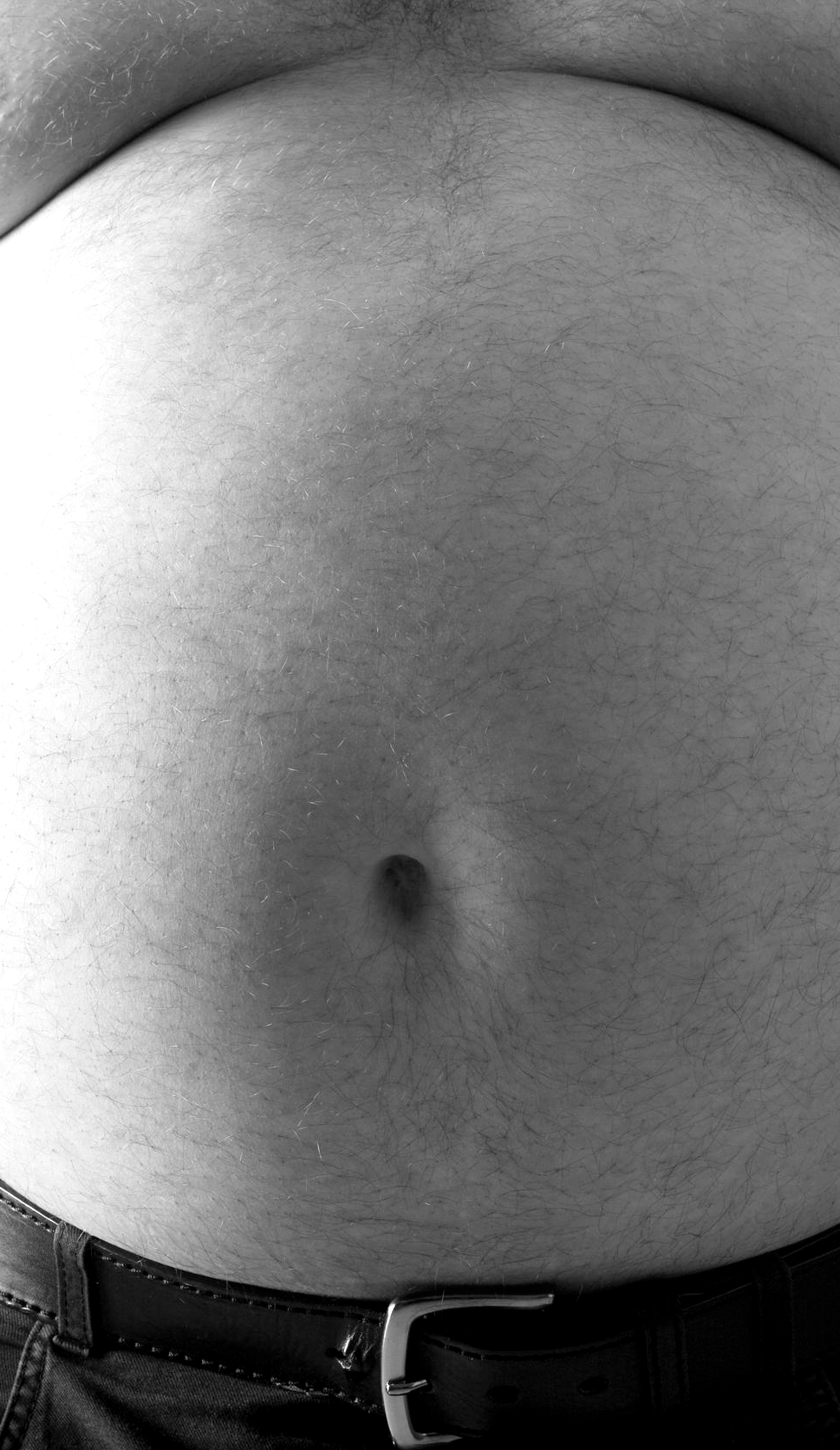SA study plots state's bulging bodies
 Nearly a third of South Australians will be not just fat, but obese by 2019.
Nearly a third of South Australians will be not just fat, but obese by 2019.
Researchers say that by the time of the next Cricket World Cup, 28.7 per cent of males and 29.2 per cent of females will be seriously overweight.
A team from Flinders University and CSIRO have applied data gathered on the habits and lifestyles of 51,618 South Australians from 2003-12, to model their future behaviour and make the prediction.
Dr Shahid Ullah is one of the authors of Past and projected trends of body mass index and weight status in South Australia: 2003 to 2019, and led the data analysis behind its forecast.
The results show people are getting fatter faster, and obesity is set to overtake smoking as the leading cause of preventable disease.
He says he was prompted to conduct the research because of concern at the growing health, social and economic impacts of Australia’s ever expanding waistlines.
“This is an incredibly important health issue for South Australia, and one that we wanted to try to do something about.” said Dr Ullah.
“We hope this information will encourage people to stay within their current weight status category as the predicted trajectory will have serious impacts on their quality of life.”
He said he was confident that the Functional Data Analysis (FDA) approach used in the paper was one of the most reliable methods available to make such a prediction.
“FDA has the advantage of generating models that can be described by continuous smooth dynamics. It uses effective data noise reduction techniques, allowing for more accurate estimates and forecasting analysis.”
With the link between health issues like heart disease and type 2 diabetes well established, the figures will be of grave concern to South Australia’s health care providers.
Research published in 2010 showed the total direct cost of overweight and obesity in Australia was $21 billion a year, which was double previous estimates, while the cost of “overweight” adults in Australia was calculated at $6.5 billion a year.
The new figures for South Australia forecast the average BMI will increase from 27.2 kg/m2 to 28.0 kg/m2 in males and 26.4 kg/m2 to 27.6 kg/m2 in females from 2012-19, resulting in a 6-7 percentage points increase in obesity.
The report suggests that without major intervention the average BMI of the Australian adult population will continue to increase and the prevalence of obesity could reach 33–34 per cent in some sub-groups, while estimates of the prevalence of overweight and obesity for 2019 were 67 per cent (60 per cent in females and 75 per cent in males).








 Print
Print